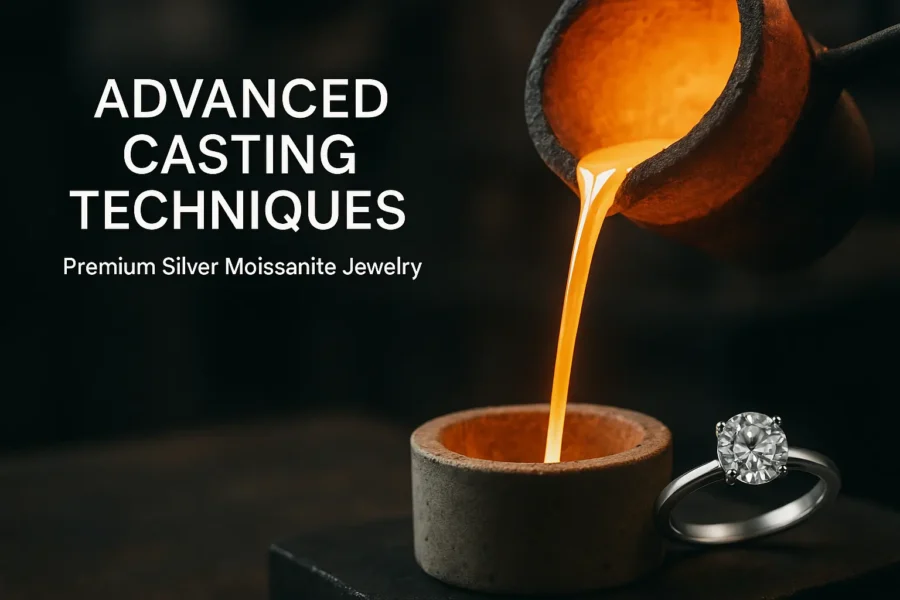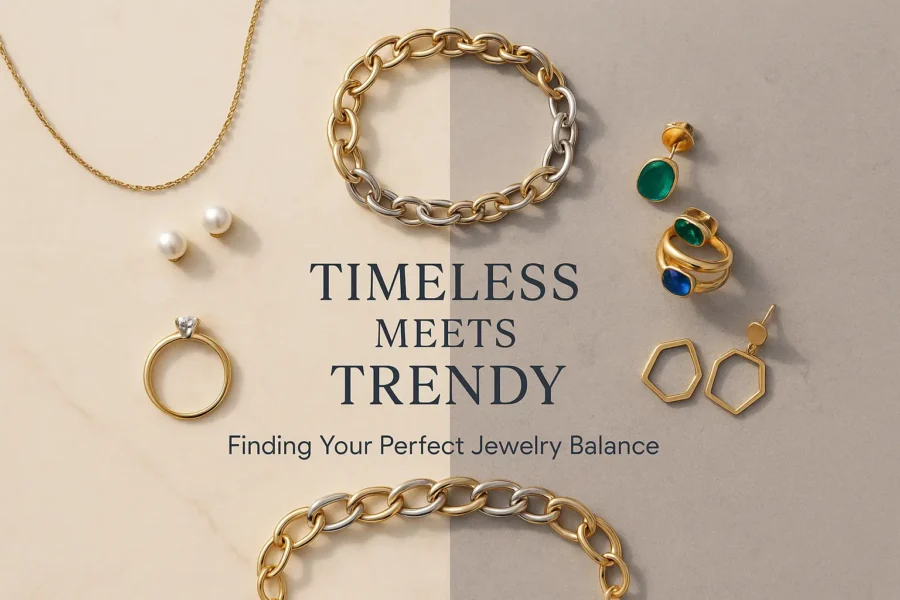The Origin of Jewelrys: Treasures of Ancient Civilizations
Jewelrys is a treasure of human civilization, representing exceptional craftsmanship, aesthetic taste, and carrying significant cultural, historical, and social information. This blog delves deep into the origins of jewelry, tracing how they evolved from early civilization adornments into today’s works of art and investment tools.
Jewelrys in Early Civilizations
Prehistoric Era
The history of jewelry can be traced back to thousands of years ago in the prehistoric era. The earliest jewelry was crafted from natural materials such as bones, shells, stones, and animal teeth. These primitive adornments likely served as symbols of individual identity, social status, or religious beliefs.
Ancient Egypt
Ancient Egypt marked a significant milestone in the history of jewelry. Egyptians crafted exquisite jewelry to express their adoration and reverence. For instance, jewelry of the pharaohs often included various gemstones and precious metals like jade, sapphire, and gold. These ornaments were considered sacred, used to adorn Egyptian pharaohs and temples.
Ancient Greece and Rome
Ancient Greece and Rome also had a rich tradition of jewelry. In ancient Greece, jewelry was used to celebrate victories, weddings, and banquets. The Romans, on the other hand, adored using gemstones and precious metals to create various adornments like necklaces, rings, and earrings. These jewelry pieces served not only for personal adornment but also as gifts and symbols.
Medieval and Renaissance Periods
Medieval Era
The medieval period continued the development of jewelry in Europe. Due to religious influences, the use of gemstones and metals in church decorations became prevalent, as well as among nobility and the wealthy. Crosses, gem-encrusted chalices, and the papal tiara were all masterpieces of that time. This period also witnessed technological advancements, making jewelry crafting more intricate and refined.
Renaissance Era
The Renaissance era was a golden age for jewelry. Artists and craftsmen of this period drew inspiration from ancient Greek and Roman cultures, creating numerous iconic designs. Renowned jewelry makers like Carlo Scarpa and Giacomo Raffaelli designed exquisite pieces that are still admired for their style and quality today.
Modern Evolution of Jewelrys
19th Century to Early 20th Century
With the rise of the Industrial Revolution, the jewelry-making process became more modernized. The mining and processing of precious metals became more efficient, and gemstone-cutting techniques improved. This period saw the emergence of diamonds as a sought-after gemstone, along with the discovery of famous sapphires and rubies. Jewelry was no longer confined to nobility and the wealthy; it began to serve as fashionable accessories for a wider audience.
Mid-20th Century and Beyond
From the mid-20th century onwards, jewelry design became increasingly diverse and innovative. Many renowned jewelry designers like Coco Chanel, Cartier, and Tiffany introduced unique styles. Additionally, custom-made jewelry gained popularity as people sought personalized and one-of-a-kind pieces.
Social and Cultural Significance of Jewelrys
Apart from their aesthetic and craftsmanship value, jewelry also carries rich social and cultural significance.. Different cultures ascribe various symbolic meanings to jewelry, reflecting people’s beliefs, values, and traditions.
Furthermore, jewelry plays a significant role in the realm of investment. Many consider them a stable form of wealth, with their value potentially increasing over time. Diamonds, gold, and other precious gemstones have become the preferred choice for investors worldwide.
Conclusion
The origin of jewelry can be traced back to ancient civilizations, and they are treasures of human culture and history. From the earliest shell necklaces to today’s high-end custom-made jewelry, they have constantly evolved, reflecting the aesthetic tastes of different eras and cultures. Whether as works of art, investment tools, or personal adornments, jewelry continues to influence our lives and will remain significant in the future.






